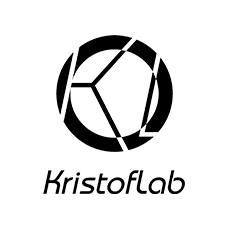Wrong Data Series
Painting and photo series
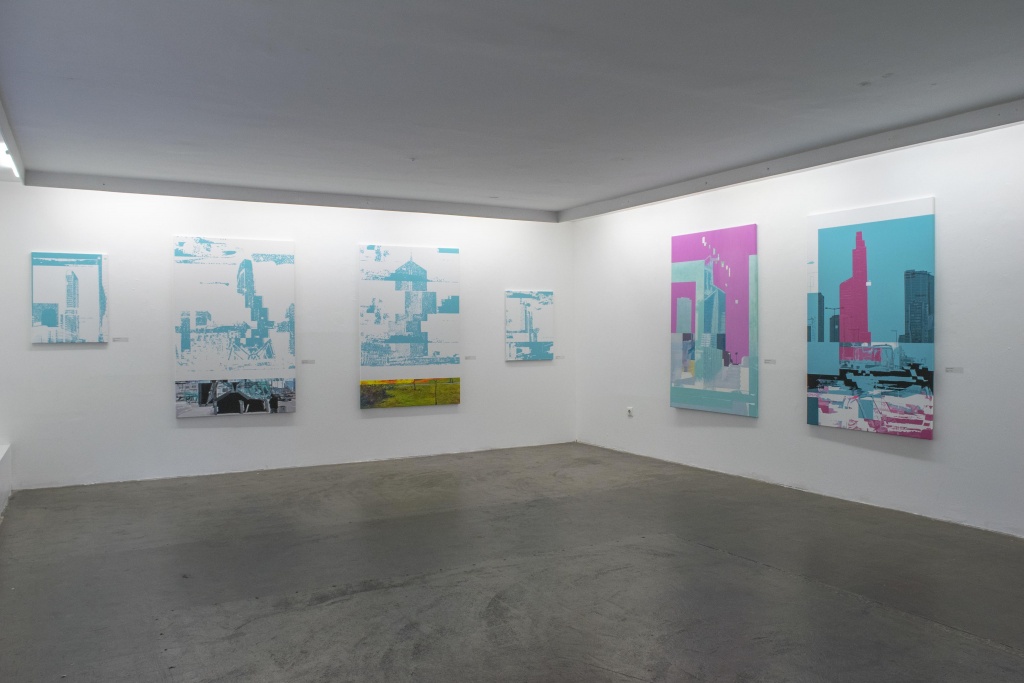
HIGH-LEVEL, Godot Gallery, 2023 Budapest
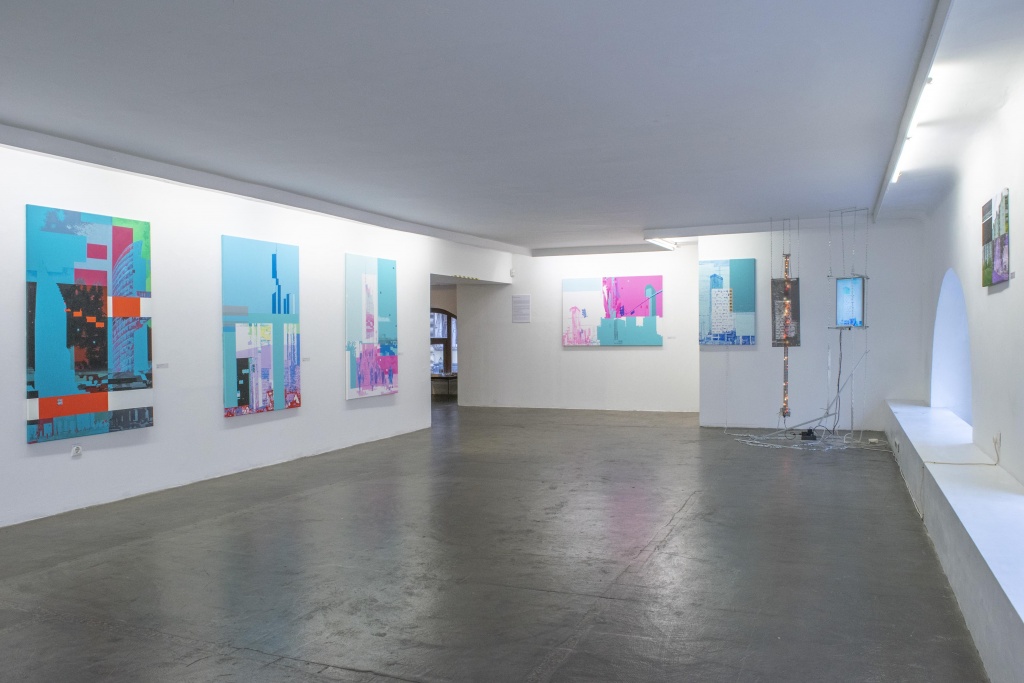
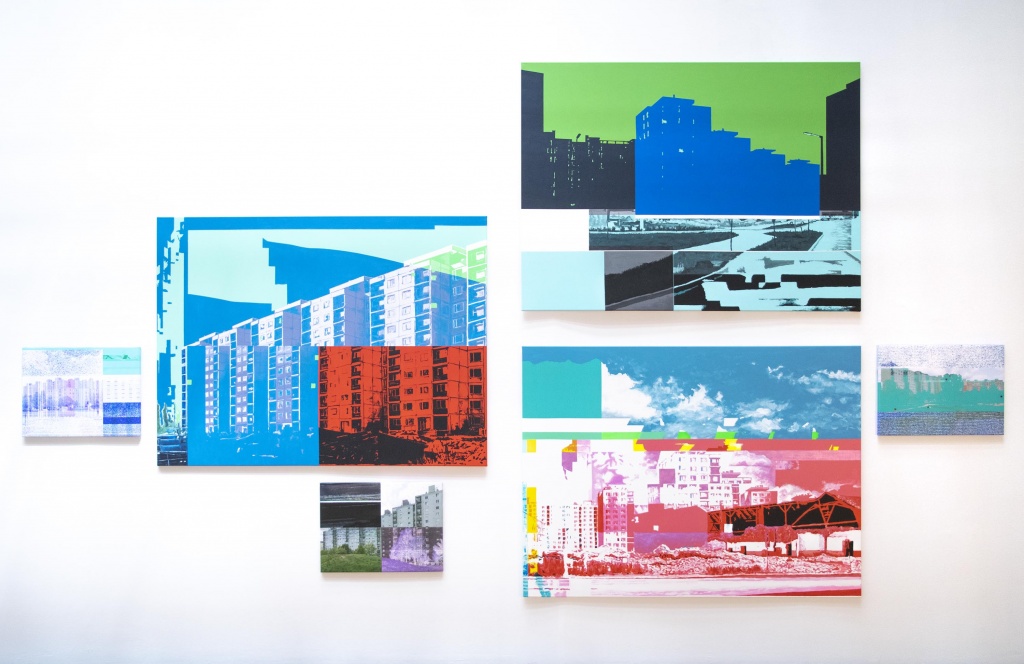
Wrong Data Fehérvár series, top_OS csop_Ort | Community | Bulding, István Csók Gallery, 2022

Wrong Data Scampia series, Derkó2022, Kunsthalle, 2022
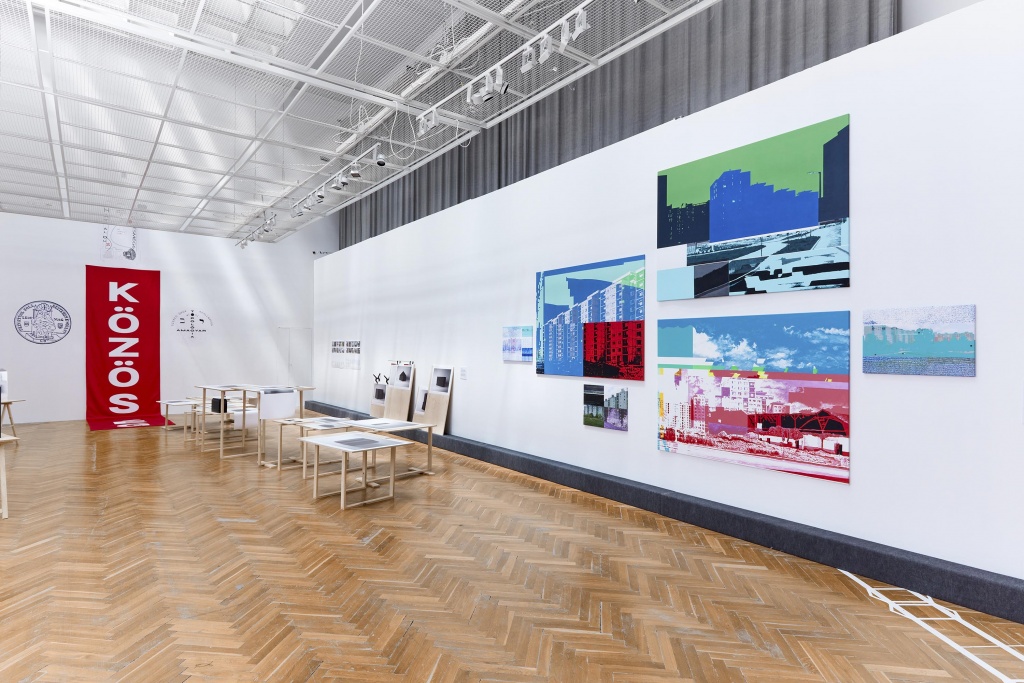
Wrong Data Fehérvár series, top_OS csop_Ort | Community | Bulding, István Csók Gallery, 2022 – photo: Dávid Bíró
To reach high levels requires effort, and in this respect it could be a success story of human achievement that technological progress has increased exponentially over the last half century. The economy has multiplied exponentially, our production capacity has skyrocketed. Against this background, society has reached a high level.
Icarus has also soared. Is this how the glory of the world passes?
In slowly heated water, the frog boils without escaping. We have attained a material wealth, as inhabitants of the countries of Western culture we have never possessed so much wealth and possessions as we do today.
How far can skyscrapers go? What is the ultimate limit when force meets counterforce and falls?
The proud tower of Babel has collapsed. How many more floors can we put on our buildings? Have we reached the ‘High Level’?
The theme of the series is the relationship between man and his environment in the light of capitalism. The harmonious fusion of the urban and the natural environment seems utopian in this context. In the existing system, the crossing of boundaries can have two extreme consequences. On the positive side, pushing boundaries can lead to progress, which can lead to development. Negatively: by crossing the boundary, we can set in motion irreversible processes with uncertain outcomes.
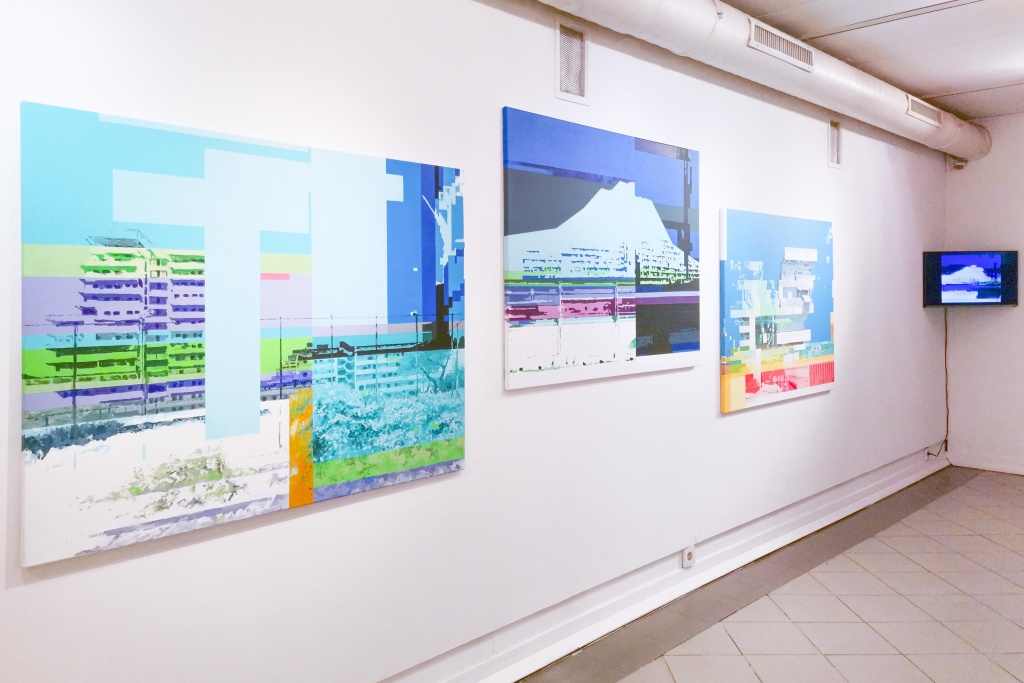
Wrong Data Scampia series, Miskolc Gallery, 2022
The Scampia district of Naples was originally designed as a modernist, utopian district. However, due to poor infrastructure, corruption, and construction flaws, it has turned into a hotbed of organized crime. Rehabilitation of the district has been going on since 2020. With the exception of one building, the blocks will be demolished and as well, a park will be created in the area of the district. The deconstructive recovery is further enhanced by the fact that the sight I depicted probably no longer exists, as I used images saved from Google Maps as a starting point.
My paintings dealing with the architecture of this part of the city, as well as its failed history, move from a more realistic depiction of architectures to abstraction. Real events are thus accompanied by an image breakdown and the reinterpretation of the visual, through the use of pixel picking and glitching.
The social housings of Székesfehérvár have been built in the 60-70s – necessitating the demolition of a number of smaller buildings, family homes that have still shown memories of World War II. The image of the city has radically changed, areas full of family houses have been turned into uniform residential parks – however, this also helped to heal the post-war traumas and to create places of living.
These concrete blocks started out as examples of architectural modernism and minimalism. However, throughout the decades, the buildings and the surrounding areas show a different picture, due to the dete rioration of the building material and the growth of surrounding greenery. The continuous reconstructions and renovations also diverged from the original, holistic concept, resulting in an ambiguous architectural impression, with period photographs remaining the only aesthetical references.
Thus, while documenting this de- and reconstruction process, I’m using photos from the 70s as a starting point. Nevertheless, as of today, this reduced, modernist aesthetics is but a memory. My visual decomposition methodology mimics the urbanistic changes of the last 50 years. Just as the construction of the housing was a step forward after the war, the time since then proved to be another towards a healthier and more organic living environment.
The painting series is accompanied by three digital collages, based on the blocks of Palotaváros (‘palace district’). Through their form and medium, these speculative buildings also evoke the theme of our ever-changing built environment.
The sequence of abstraction pictures generated by a file is damaged. Defective layer on structured artificial structures refer to human activity. Defective data is a consequence of some kind of process mistake. Environmental impacts greatly affect the state of our planet, the cause of which is the person who intervenes in the ecosystem. So we can look at the human as a mistake.
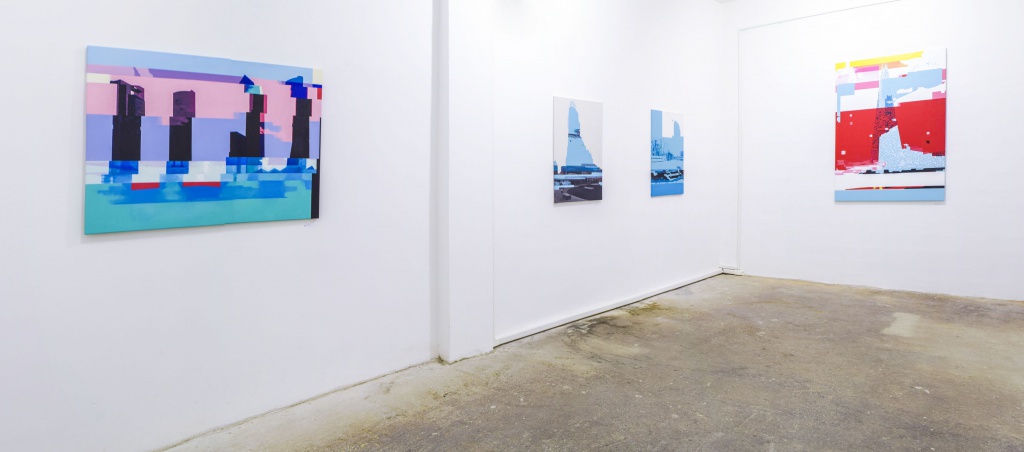
ERROR – exhibition on Godot Labor, 2021
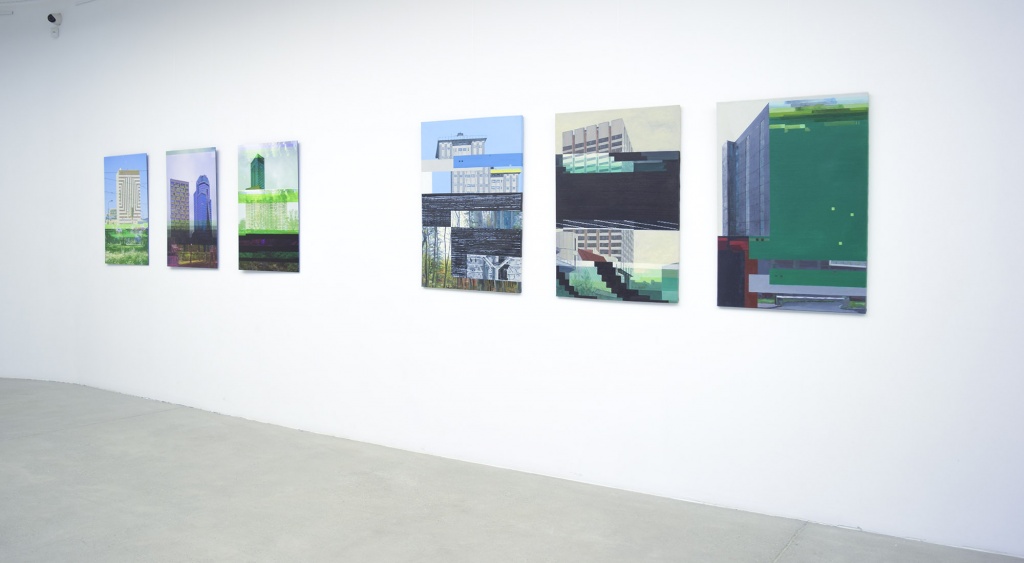
Concrete Questions / Konkrét kérdések – exhibition on Hegyvidek Gallery, 2020
ERROR exhibition Wrong Data paintings 2020-2021 – reproduction by: Digitális Képműhely ©2022
ERROR exhibition Wrong Data Photos 2018-2020 – reproduction by: Digitális Képműhely ©2022
Before After series 2020 – reproduction by: Digitális Képműhely ©2022
At the end of February, I visited the ARCO Madrid fair in Madrid, and right after i returned to Budapest the epidemic has become very serious. My friend who live in Madrid sent me photos of the empty city.
The situation created by the Covid-19 virus results in the vacancy of previously busy spaces. The world stops, people stay at home. A kind of error occured in life, the emptiness of this special situation. The problem was caused by human activity. The pandemic situation is in connection with our way of life, traveling, globalization, trading, which connects distant places. Human activity not only creates a network of connections between countries, but also results in the exploitation of our planet’s energy resources. As a result of frozen globalization, carbon-dioxid emission have dropped drastically, and our biological footprint has declined in a short time. Empty spaces are a witness of our overworked, energy-wasting lives, and the reduction of these errors shows that we need to change our way of life globally, otherwise situations like this will become more common.
In addition, another reading is important.
When the narrowed action space of the people is their personal living space, their home (or an appointed home). In a broader sense and as prior is chained to a given country, city, location, and within this to the inner space of a flat, house. Being closed to the given space, the unchanging material environment has an impact on oneself. Ones movements are limited, the spatial influences are the same for weeks. The diversity of time is present in every social sphere, and this puts a pressure on our on the place we are in the world. In the current situation the inner constancy becomes determinative, besides outside our homes, our actual living space global changes are happening, changing our lives. The subjective time sense changes, individuals form their own rules to their persistence.
paintings from 2018-2019
